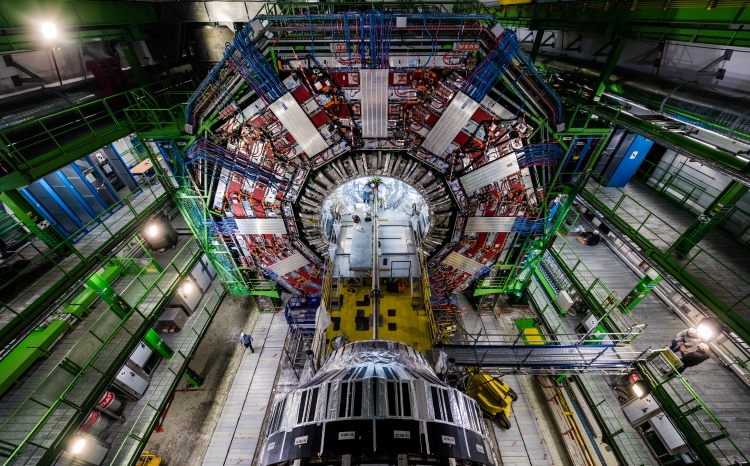
We have this idea that we communicate best within our own generation, but is this true? Who is to say that a second-generation lepton and a third-generation quark have nothing in common? Many observed phenomena in particle physics are conspicuously absent in the standard model of particle physics (SM), confirming that, while self-consistent, the SM is an incomplete theory. The gravitational force; the matter composition of the universe (including dark matter and dark energy); the matter-antimatter asymmetry in the universe; and the symmetry between the quark and lepton families; are all absent in the SM.
Attempts to model these phenomena are often called extensions to the SM or beyond the SM theories. In some extensions to the SM, the symmetry between quark and lepton families is a manifestation of a deeper relation between the two types of particles, and these theories introduce a new massive particle that uniquely couples to leptons and quarks. This new particle is generically called a leptoquark (symbolically, LQ). The concept of symmetry is at the basis of all physics laws – not just particle physics – and a lepton-quark equalizer is indeed a sought-after mechanism for anyone who has stared at the building block diagrams of SM particles (Figure 1) for a long enough time.
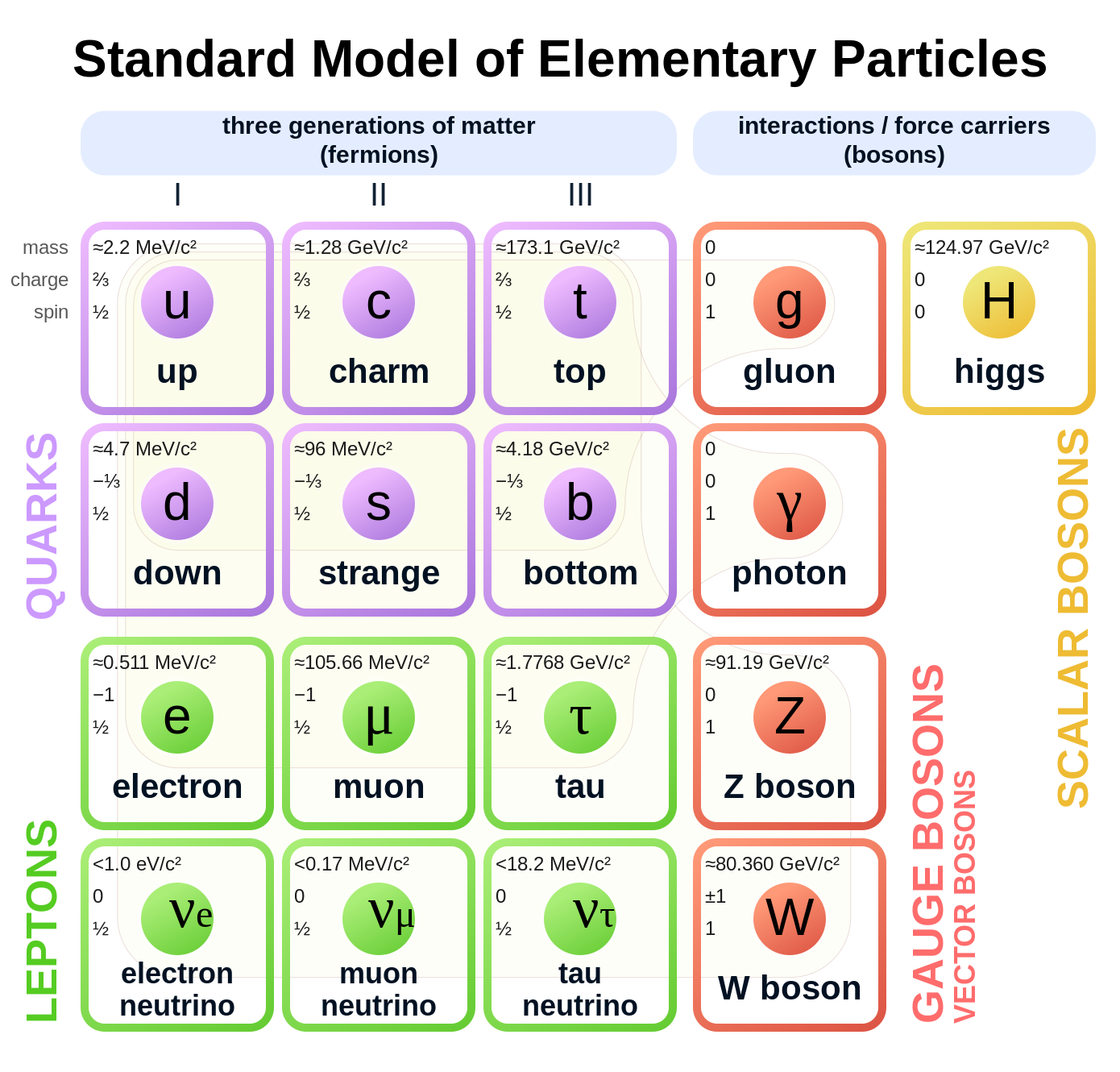
Figure 1: A diagram of the building blocks of matter, the fundamental matter particles in the standard model of particle physics and the particles that carry interactions among them. Leptons and quarks follow a similar arrangement of three families, or generations, with increasing masses. The figure is taken from here.
The CMS Collaboration has searched for leptoquarks since the beginning of the LHC operation. For the most part, we have looked for LQs that couple to leptons and quarks of the same generation of matter, motivated by experimental limits placed on rare processes like proton decay. However, allowing inter-generational mixing can provide an explanation for recent measurements, which have shown some inconsistencies with their SM predictions, such as the muon magnetic dipole moment from the Muon g-2 experiment, or some earlier measurement of flavor anomalies in experiments such as Belle and LHCb. Introducing leptoquarks that couple to muons and quarks of a different generation (such as bottom quarks) could explain such discrepancies.
At the LHC, LQs may be produced alone or in pairs. Our search focuses on the production of two LQs (one LQ and its anti-matter companion), as shown in the Feynman diagrams of Fig. 2, with each LQ decaying to a muon and a collimated jet of particles originating from a bottom quark.
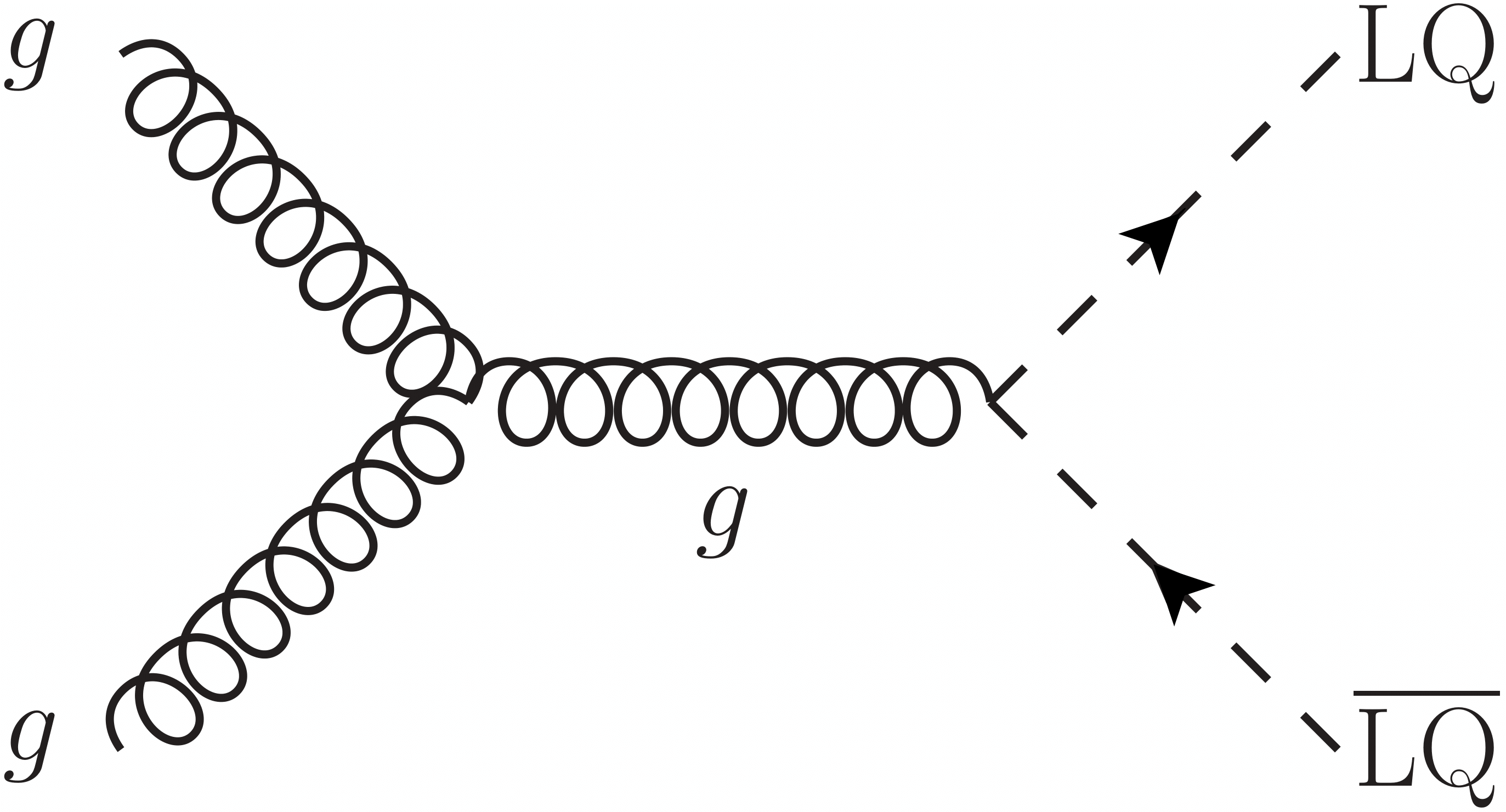 |
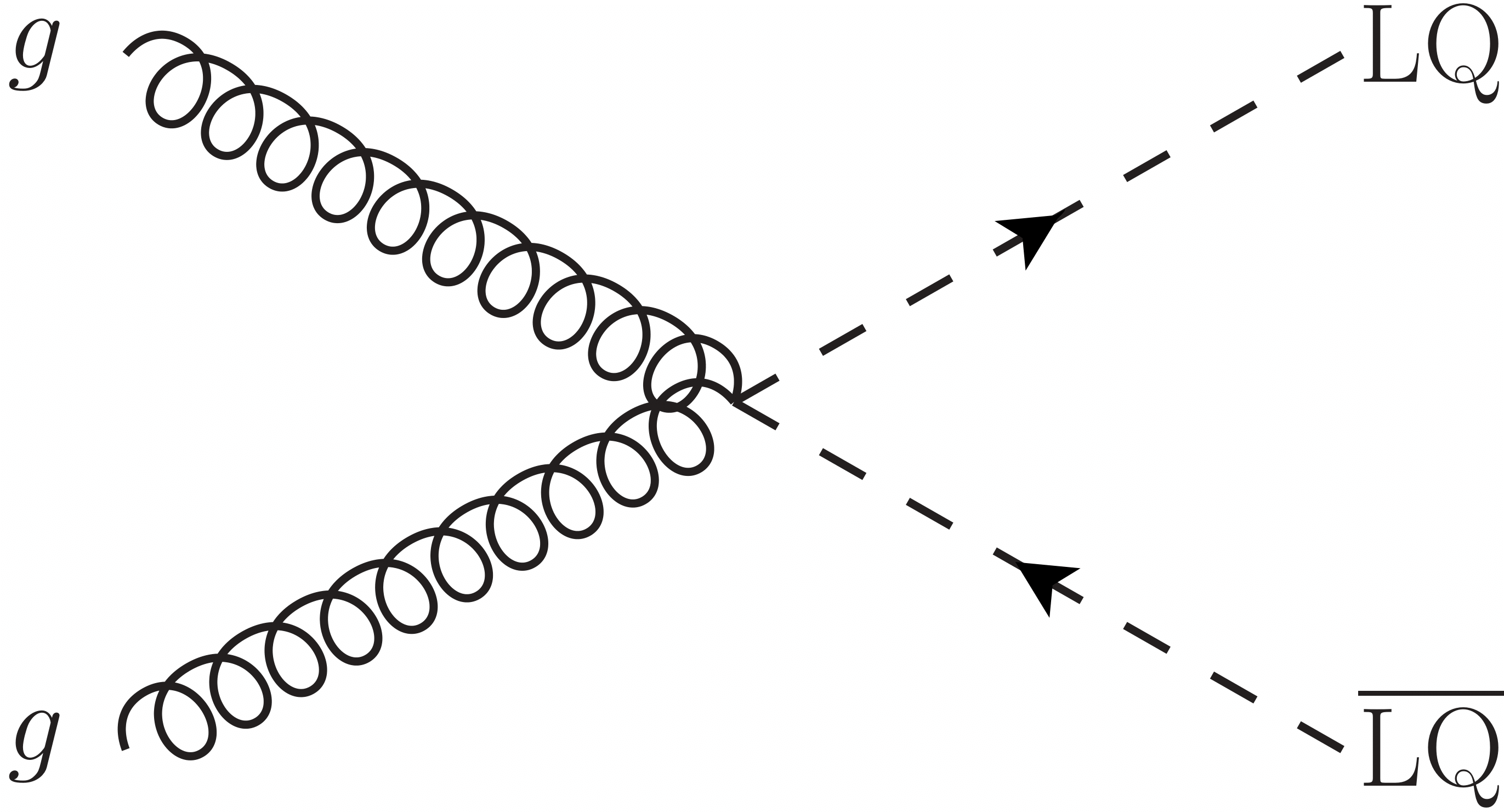 |
 |
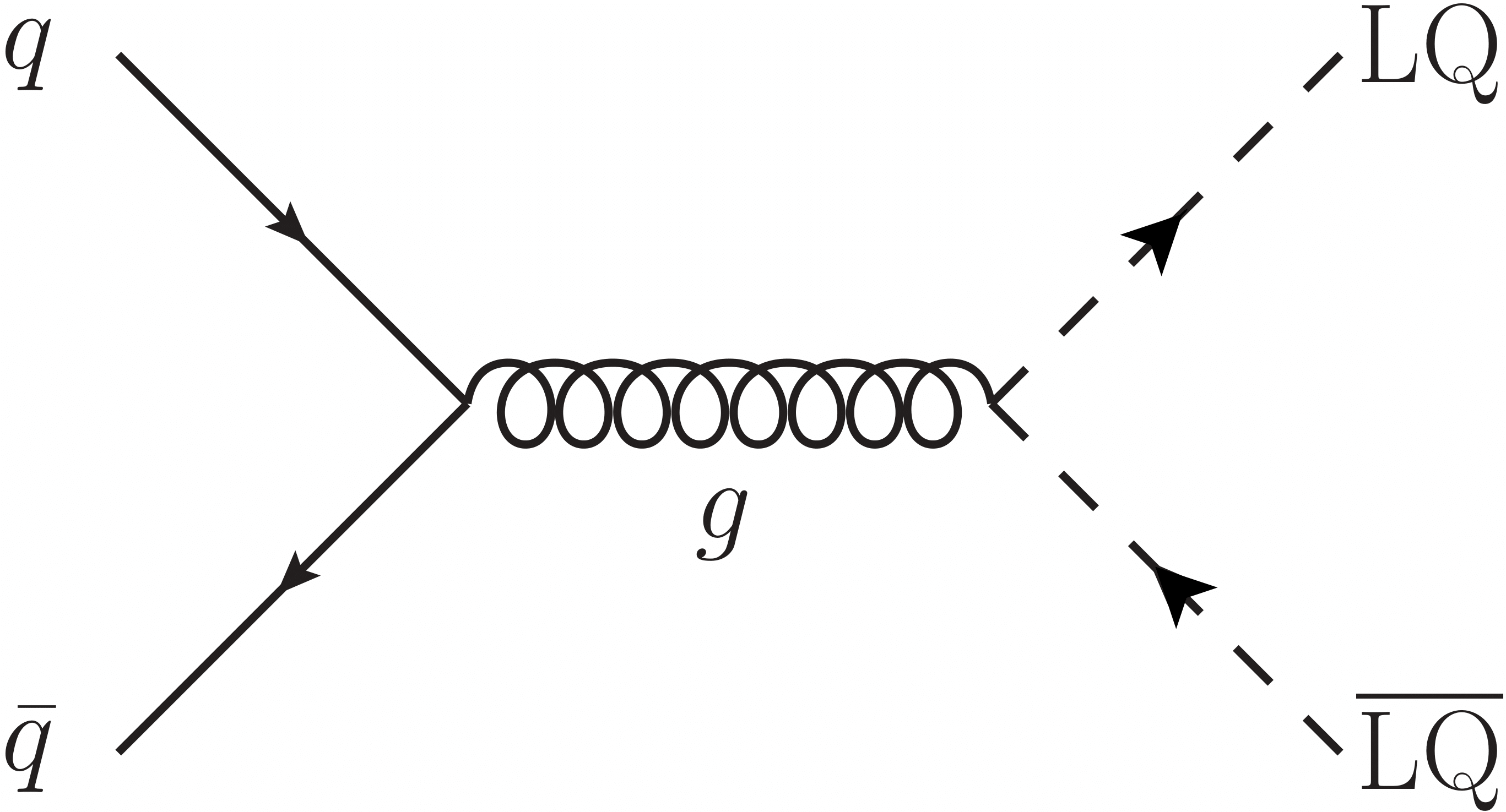 |
Figure 2: Feynman diagrams corresponding to the production of a LQ and an anti-LQ at the LHC.
A jet is flagged as originating from a bottom quark by employing an algorithm that uses deep learning and exploits low-level features from a high number of particle constituents inside the jet, all measured in the CMS detector. In order to distinguish a possible LQ signal from background processes that would mimic the same particles in the final state, we further make use of multivariate machine learning techniques. A boosted decision tree (BDT) classifier is trained on background and signal for various LQ mass hypotheses.
Using all the data recorded by the CMS detector during the LHC Run 2, no significant excess above the predicted background is identified for any LQ mass hypothesis. Limits are then set on the LQ pair production cross section as a function of LQ mass (as shown in Fig. 3). By comparing the observed upper limit with values expected from theoretical models, we conclude that it is very unlikely to have LQs with a mass below 1810 GeV, decaying only to muon-bottom-quark pairs. These are the most stringent limits to date on leptoquarks decaying to muons and bottom quarks. We will probe more massive LQs with the larger event samples of Run 3.
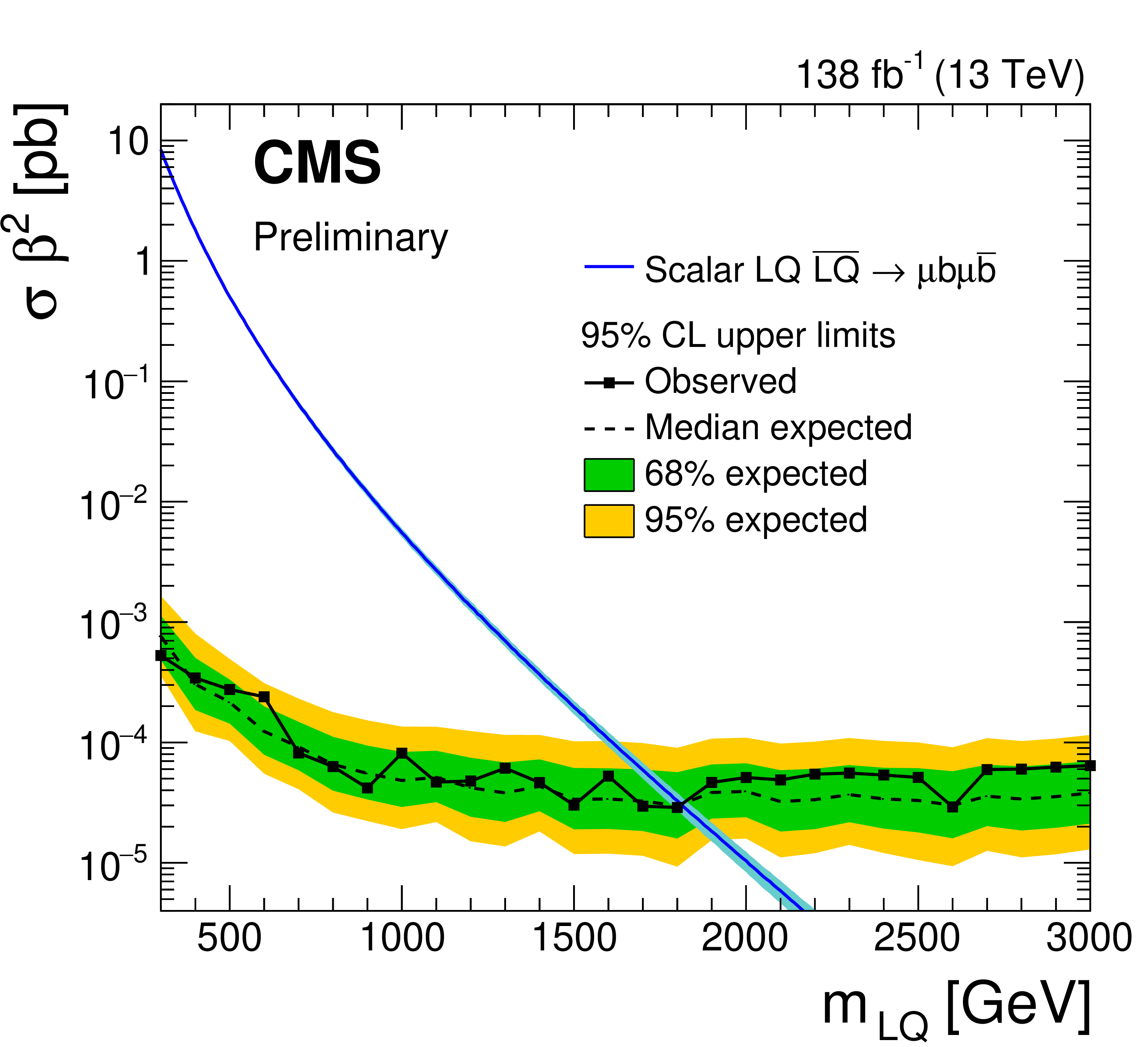
Figure 3: Expected (blue line) and observed (black dots) limits on the the rate of production of two LQs decaying to a muon and a bottom quark, as a function of the LQ mass. We can confidently exclude LQs of this kind up to 1810 GeV, the LQ mass where the two curves intersect.
Read more about these results:
-
CMS Physics Analysis Summary (EXO-21-019): "A search for pair production of leptoquarks decaying to muons and bottom quarks at √s = 13 TeV"
-
@CMSExperiment on social media: LinkedIn - facebook - twitter - instagram
- Do you like these briefings and want to get an email notification when there is a new one? Subscribe here

